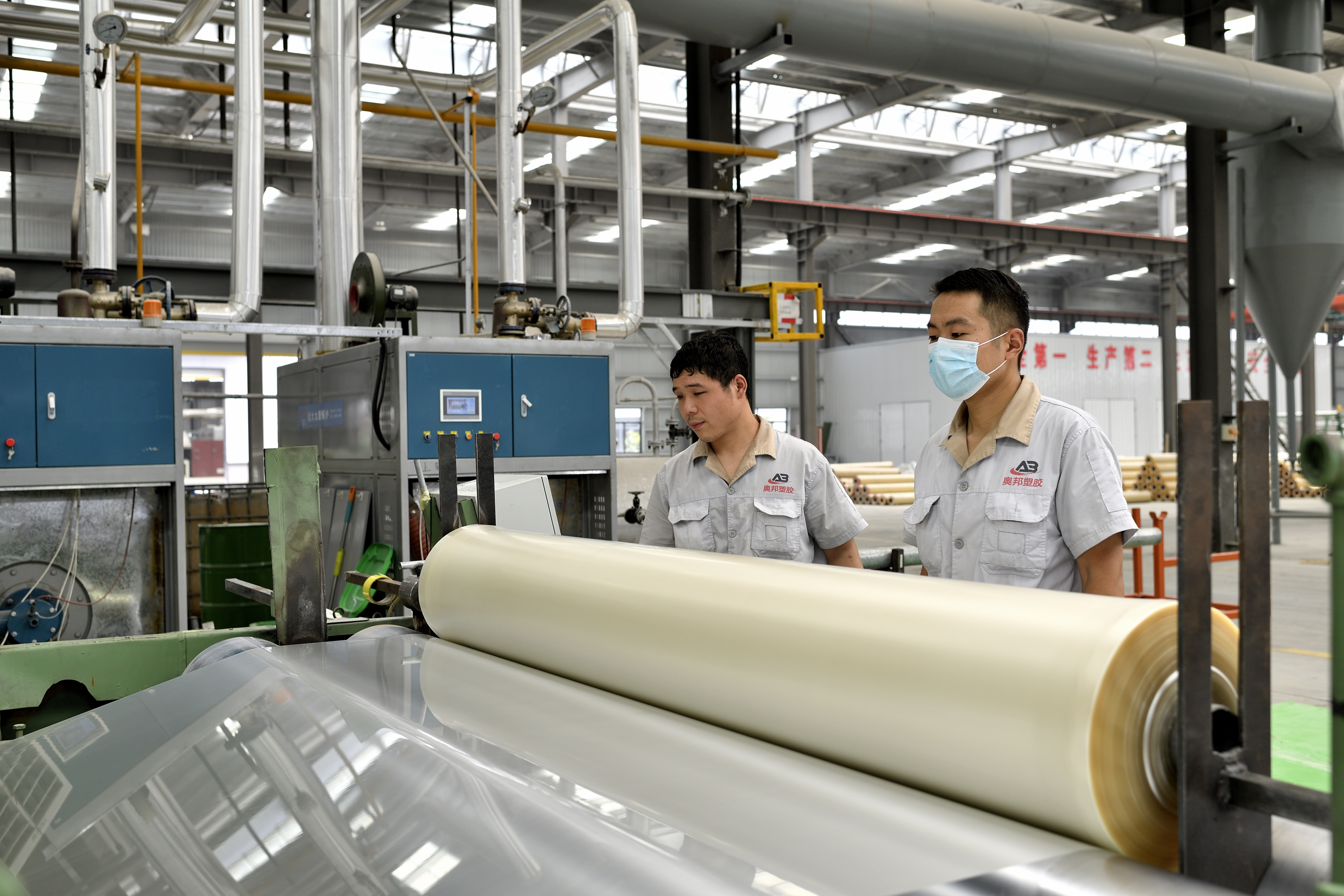By LI Linxu
Jieshou phenomenon is making people sit up and take notice as it grows from a provincial impoverished county to a national innovative city.
Jieshou, located in Anhui province, was once backward in economic and social development. In 2004, the county's economy was among the bottom three in whole province.
In 2014, it set up a development strategy driven by sci-tech innovation, triggering rapid growth in its economy.
Last year, its GDP reached 38.8 billion RMB, up 11.0 percent year-on-year. One of the major drivers is its high-tech industry, which registered a 15.8 percent growth, much faster than the average industrial growth.
Now, Jieshou has not only shaken off poverty, but also successfully entered the camp of national innovative counties or cities, one of the few counties to achieve such a feat.
The key behind Jieshou's phenomenal growth is resolute implementation of innovation-driven development strategy, according to Liu Feng, researcher at Institutes of Science and Development, Chinese Academy of Sciences, who believes that its development experiences are valuable for other underdeveloped counties.
At present, the county is advancing the application of Jieshou National High-tech Zone, with good progress being made.
Once approved, it will become the only national high-tech zone in surrounding 80 counties or cities.

Workers working in a new material plant in Jieshou High-tech Industrial Development Zone. (Photo by Zhu Xiaofeng)
Taking the role of sci-tech innovation committee, the county’s government is going all out to create a favorable environment for innovation, according to Liu Tao, deputy director of administration committee of Jieshou High-tech Industrial Development Zone, noting that a comprehensive package of policies and measures have been rolled out to support innovation bodies and attract talent.
To cultivate and develop innovative enterprises, the county is calling on them, benchmarking them against top industrial clusters, enterprises, experts and research teams, and visiting national research institutes, key industrial institutional investors, prominent entrepreneurs, high-end industrial associations.
In this way, directions are set and bridges are built for the innovative bodies in the county, said Liu Feng.
To date, the county has cultivated 128 national high-tech enterprises and six national "little giant" enterprises.
LIU Xiaoqin contributed to this story.
The trio will conduct a series of experiments in fields such as life science, fluid physics, combustion science and materials science. Notably, this is the first time that fruit flies have been taken on a Chinese space mission as experimental subjects. What made scientists choose fruit flies? What experiment will they undergo?
